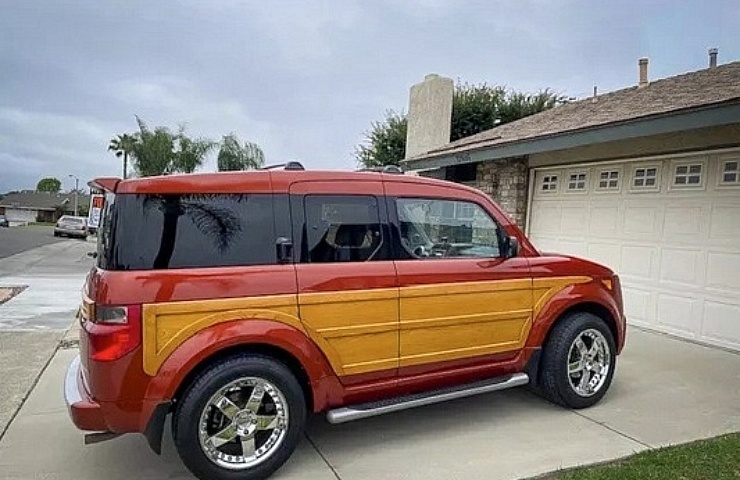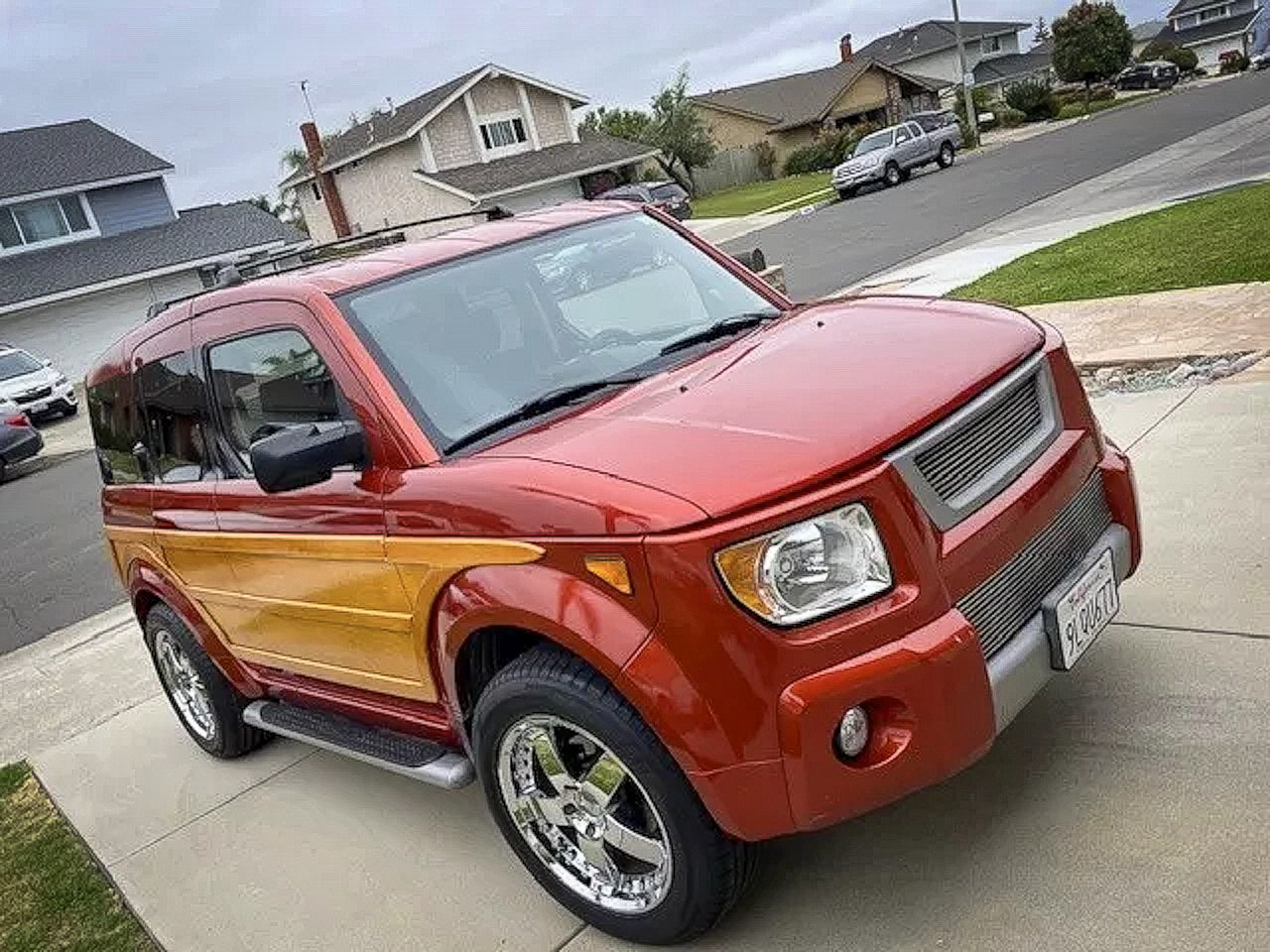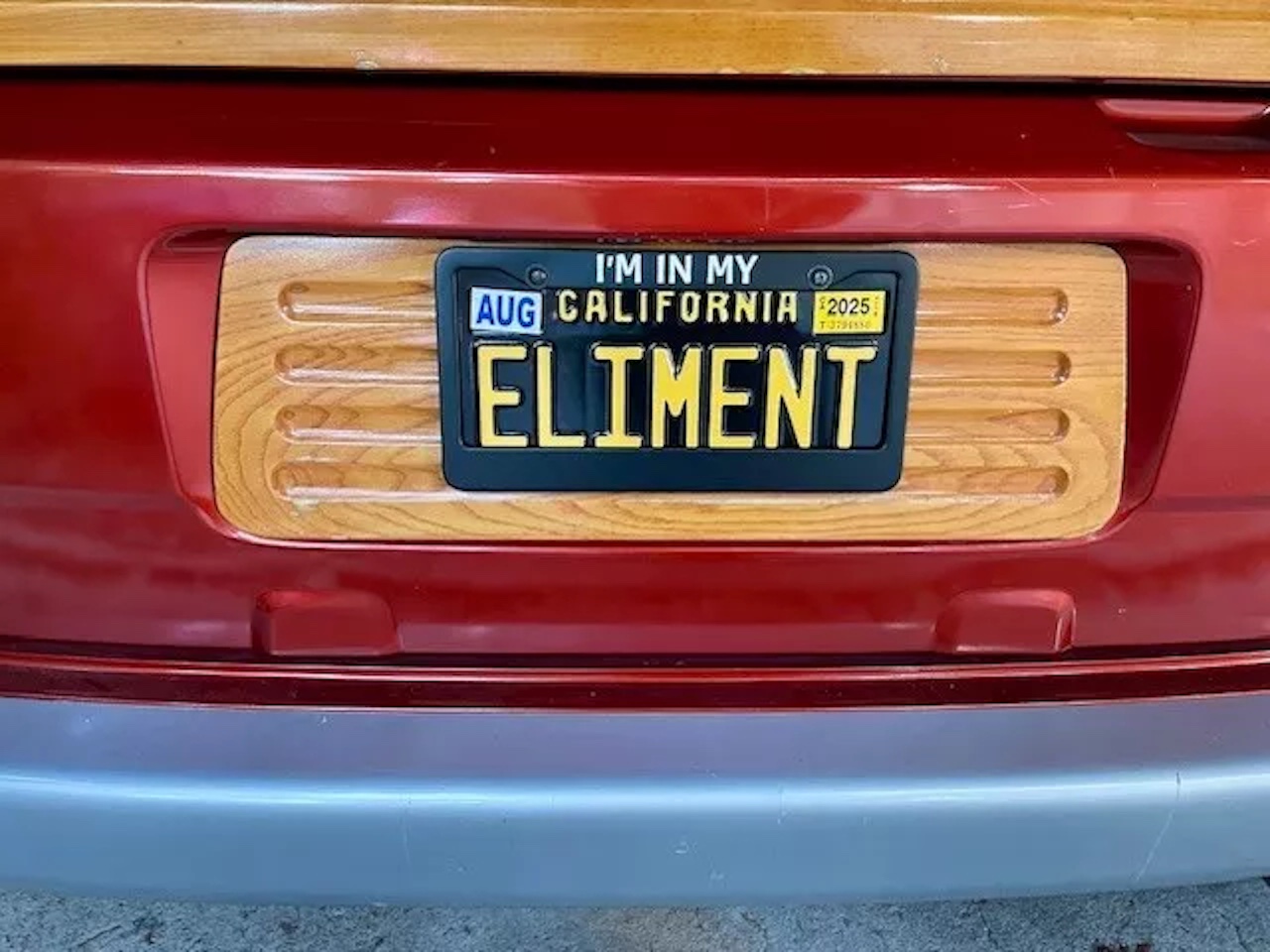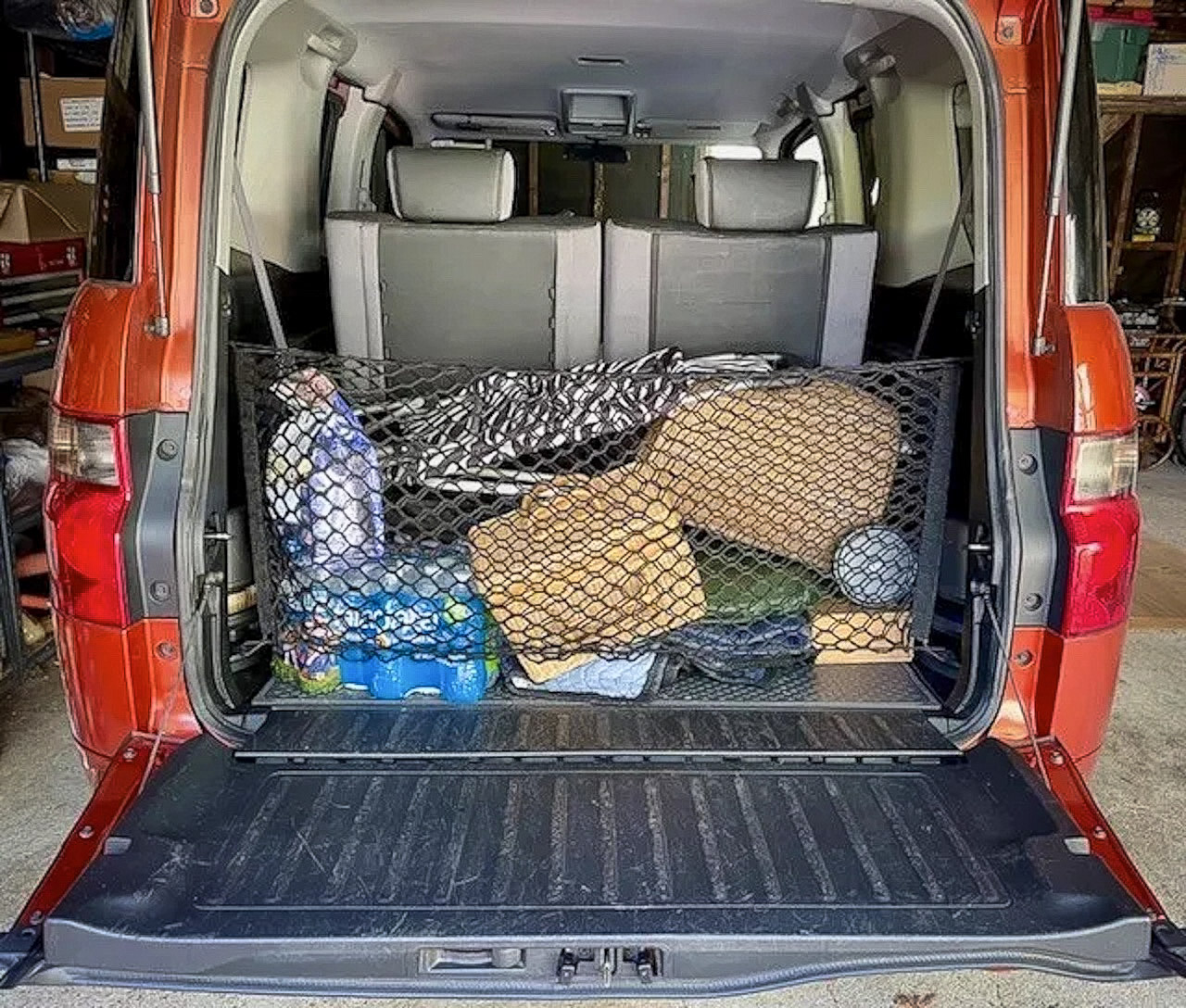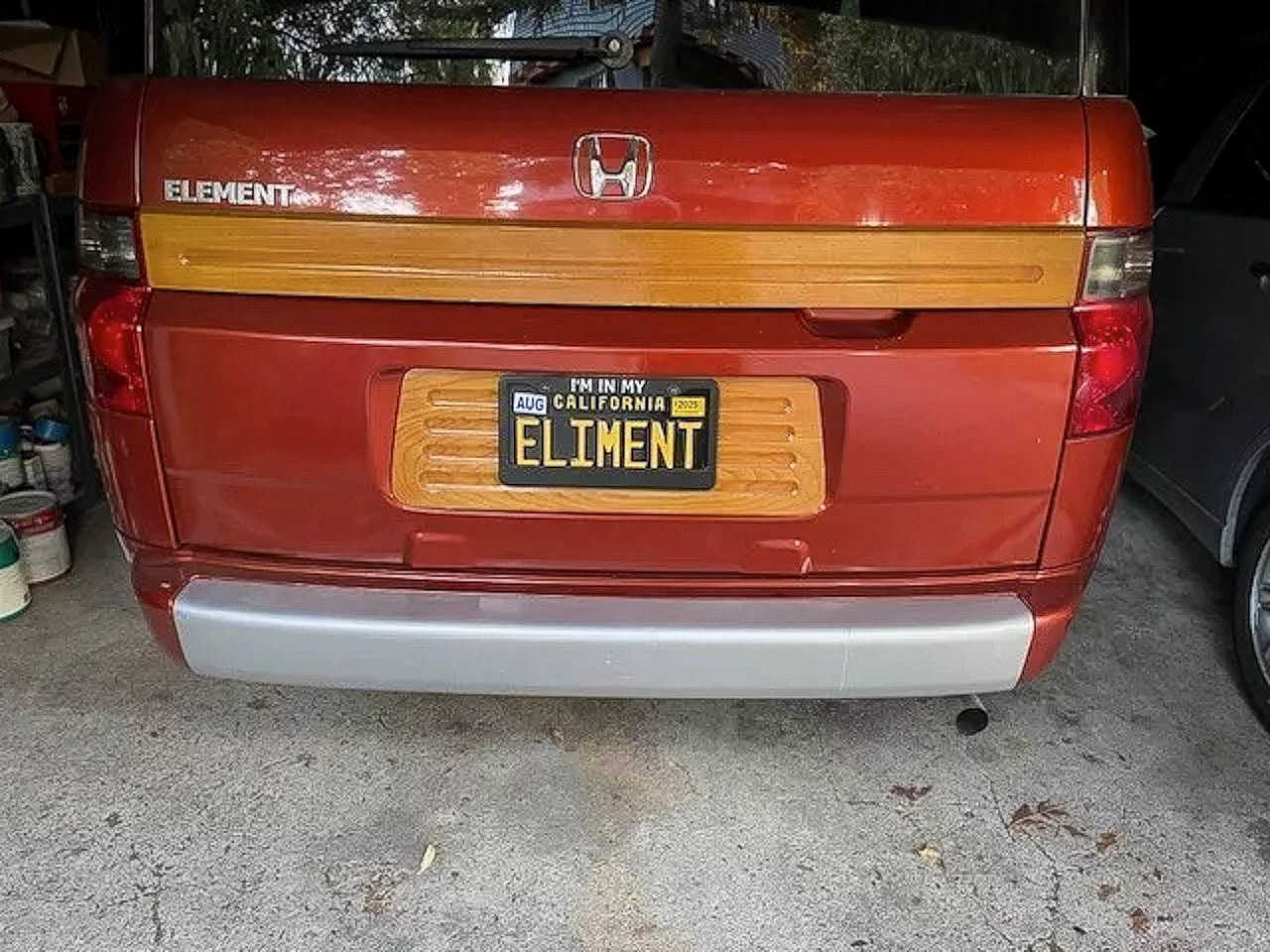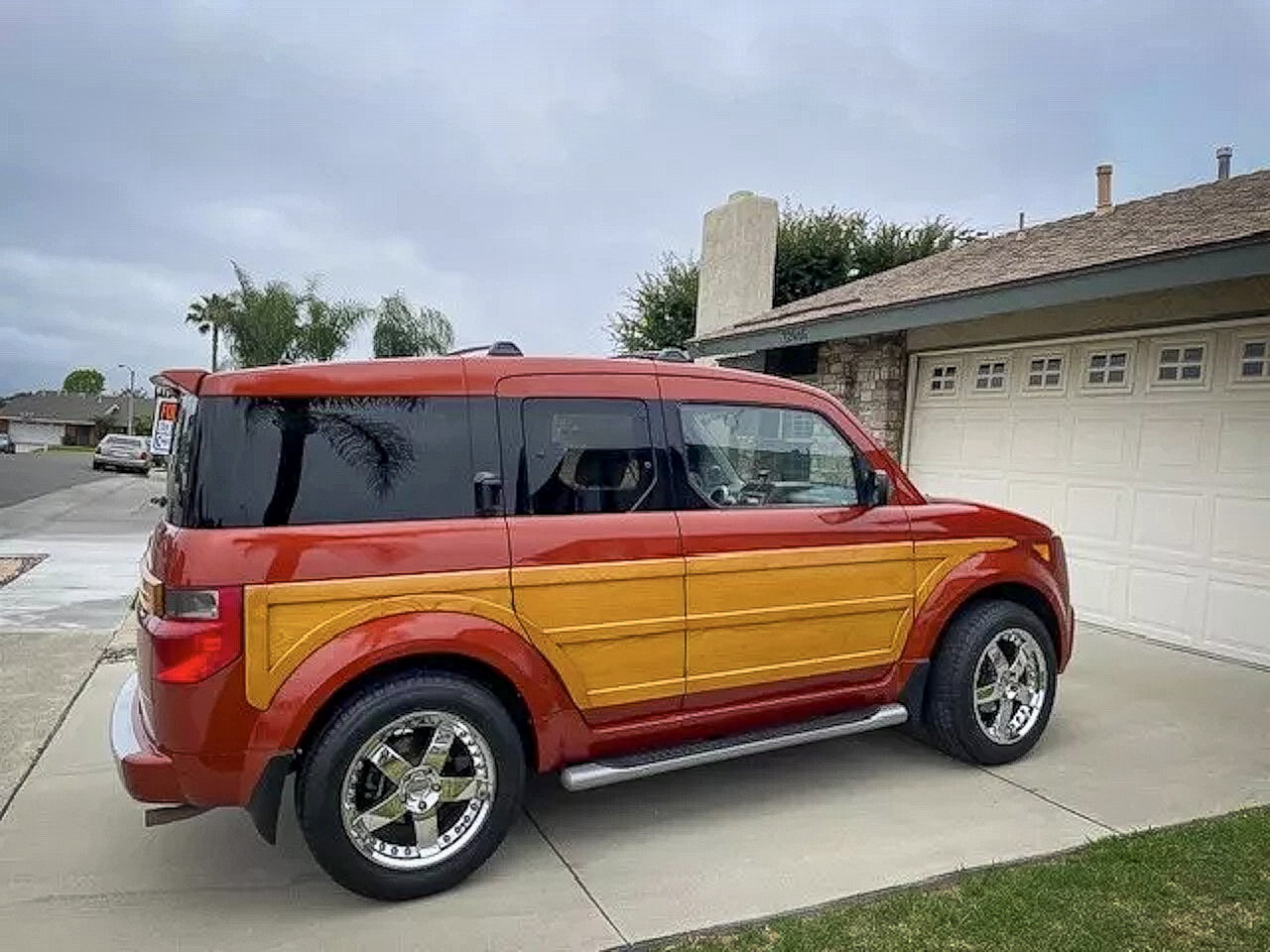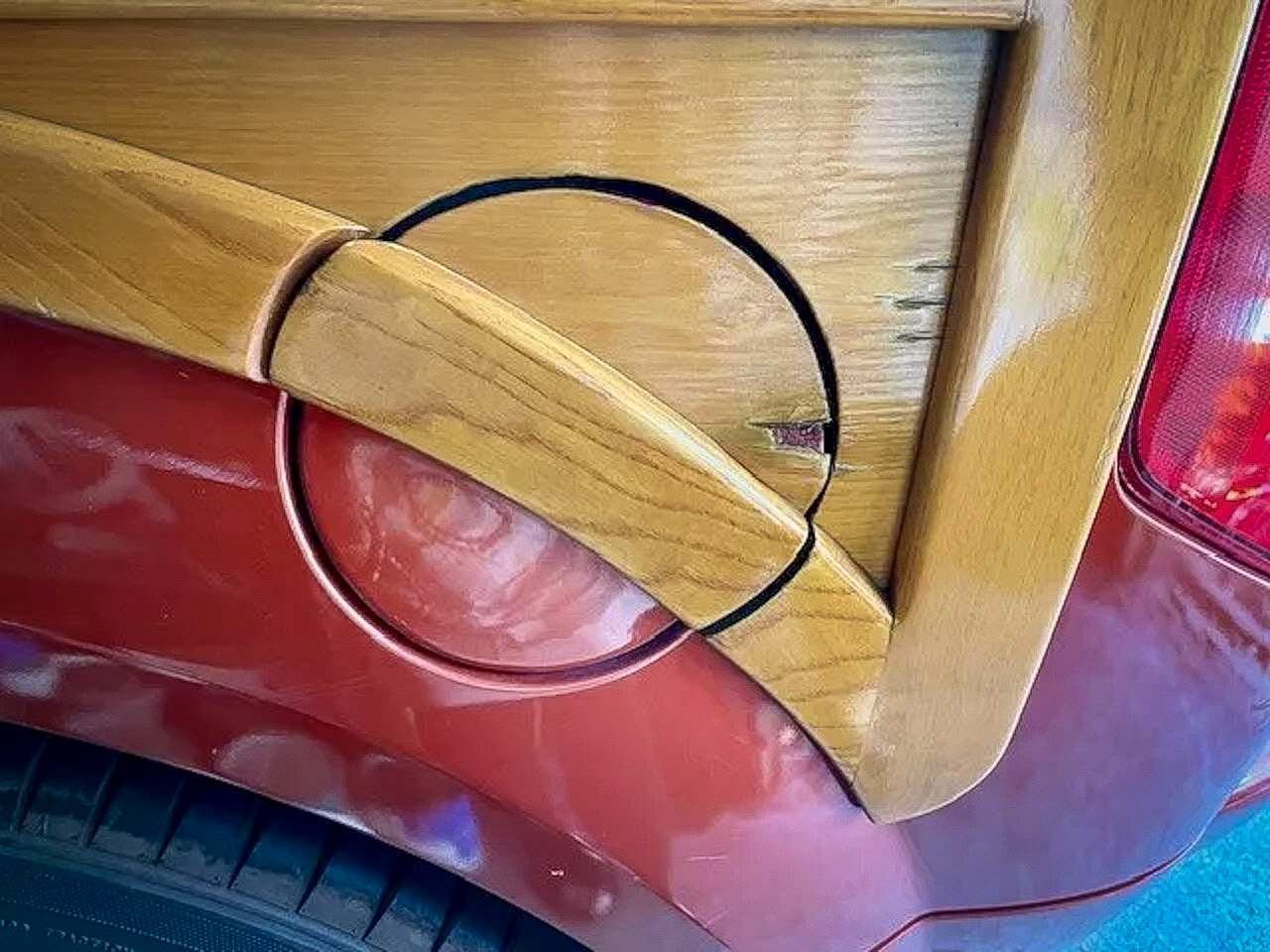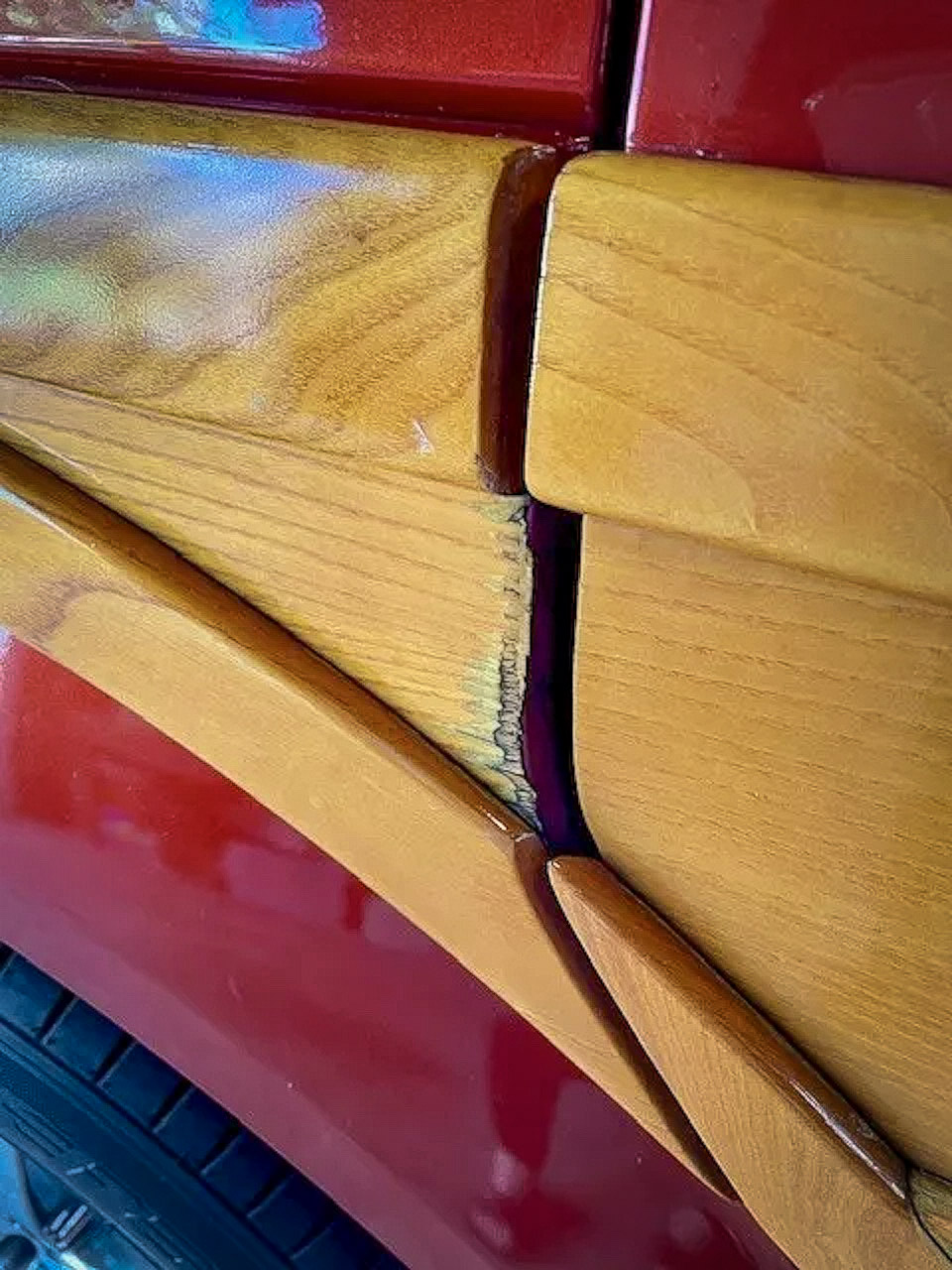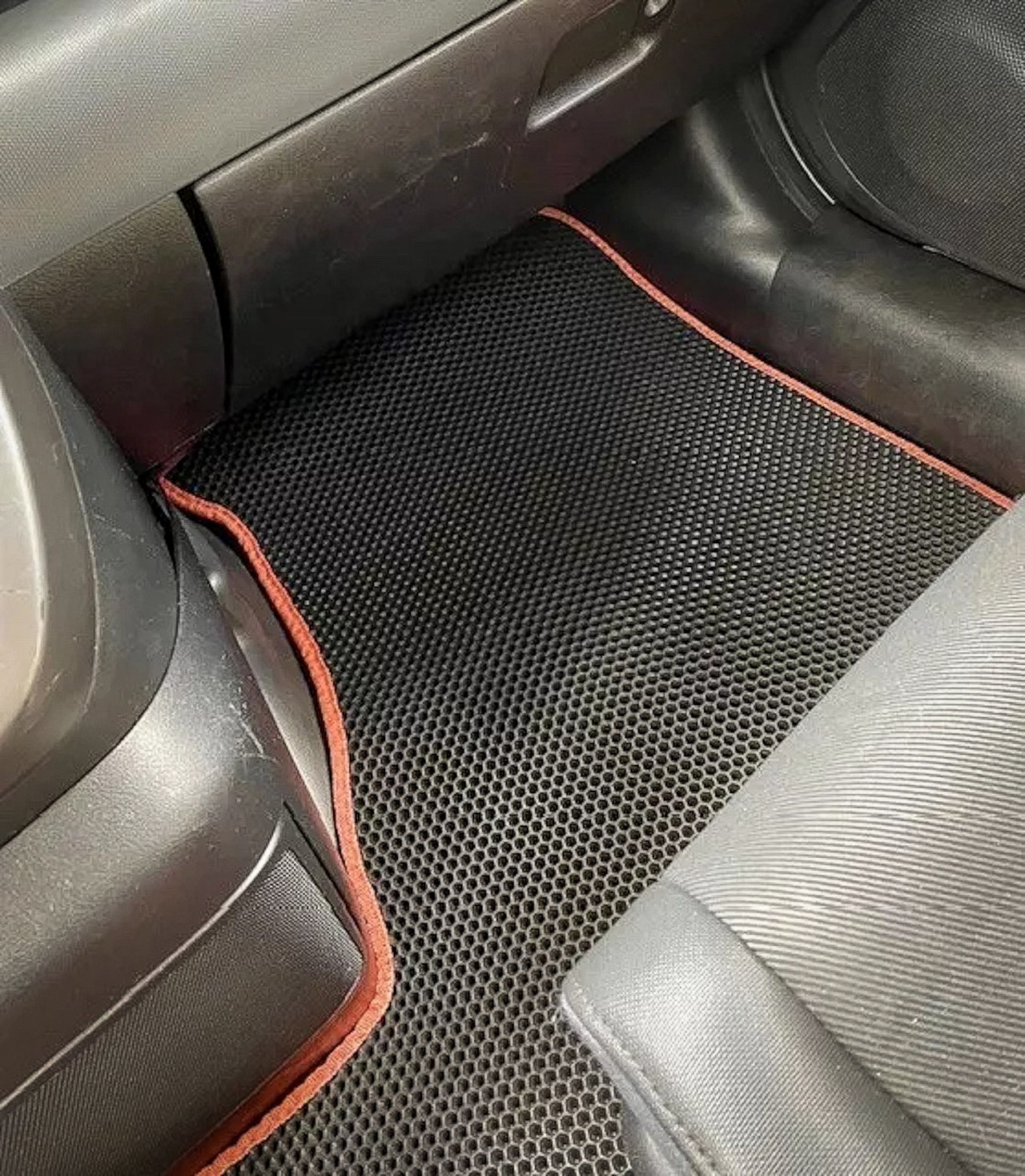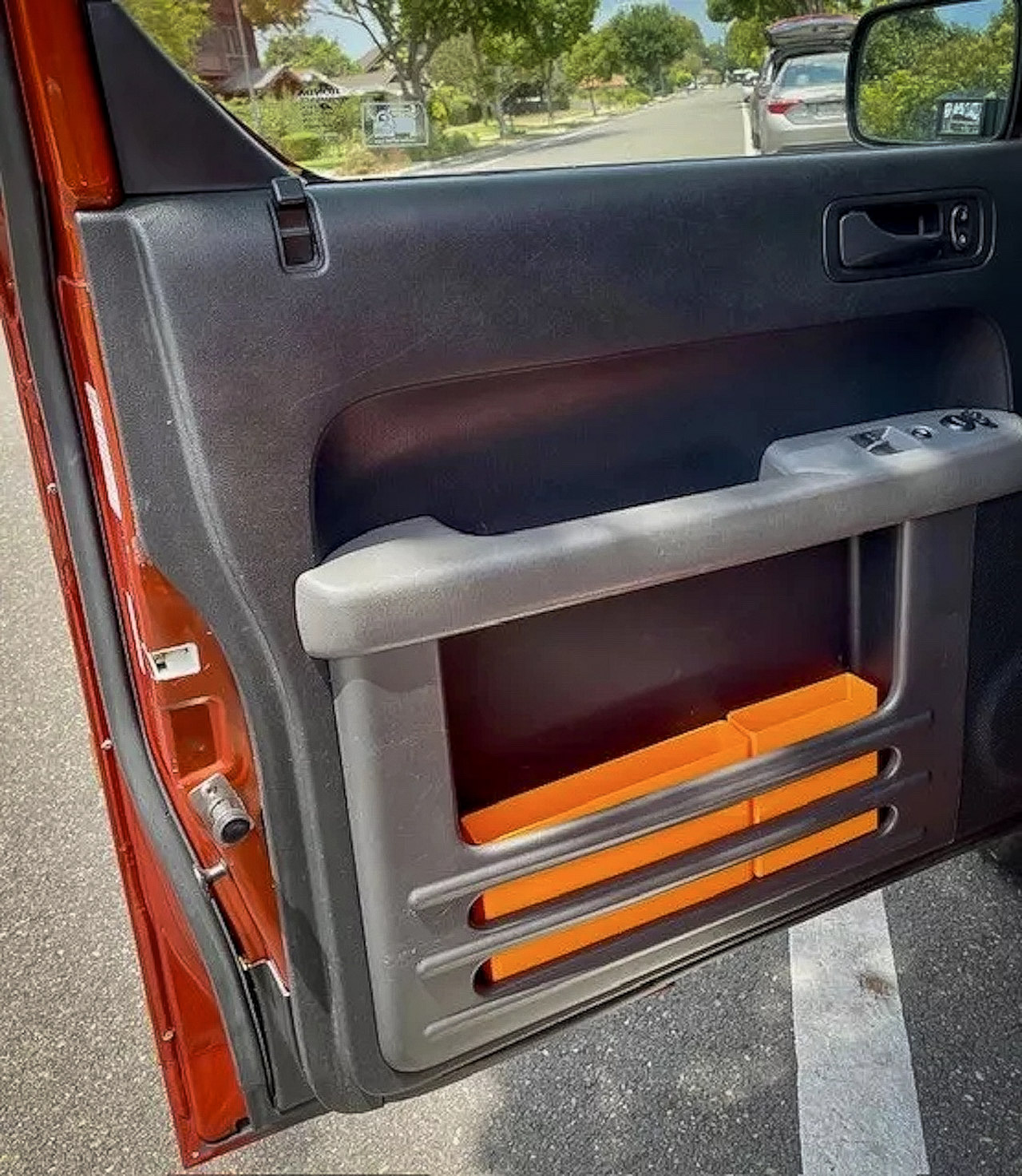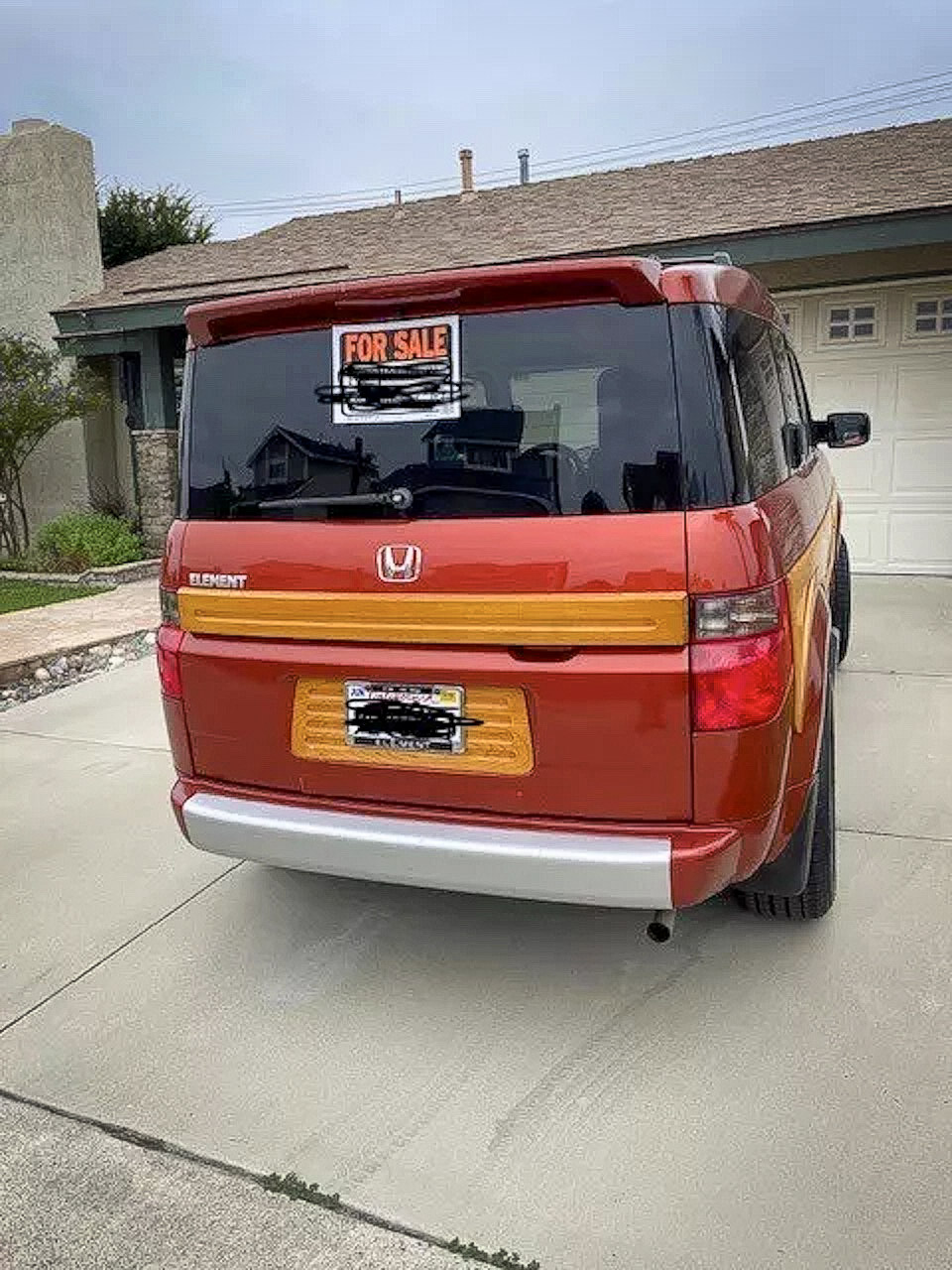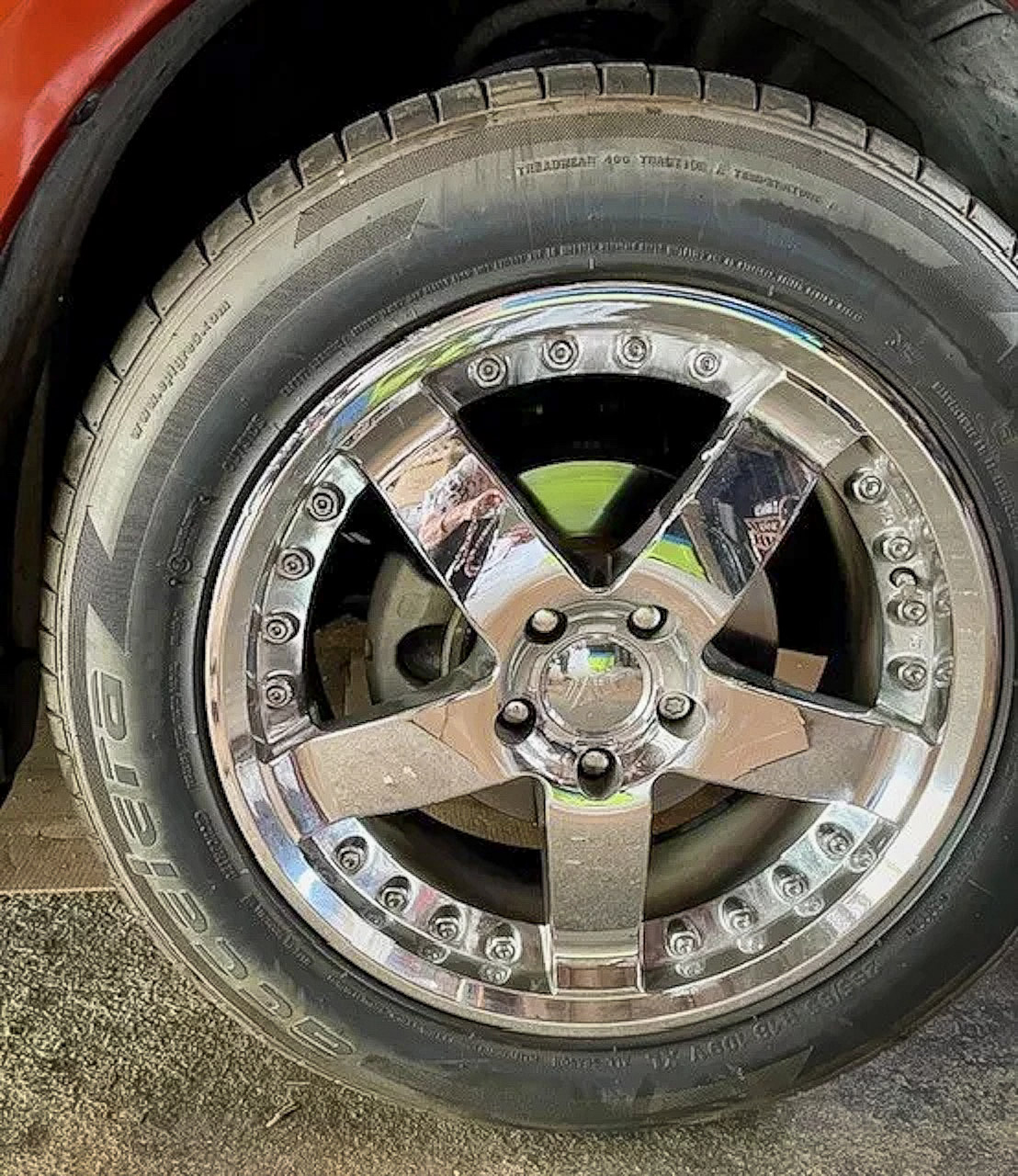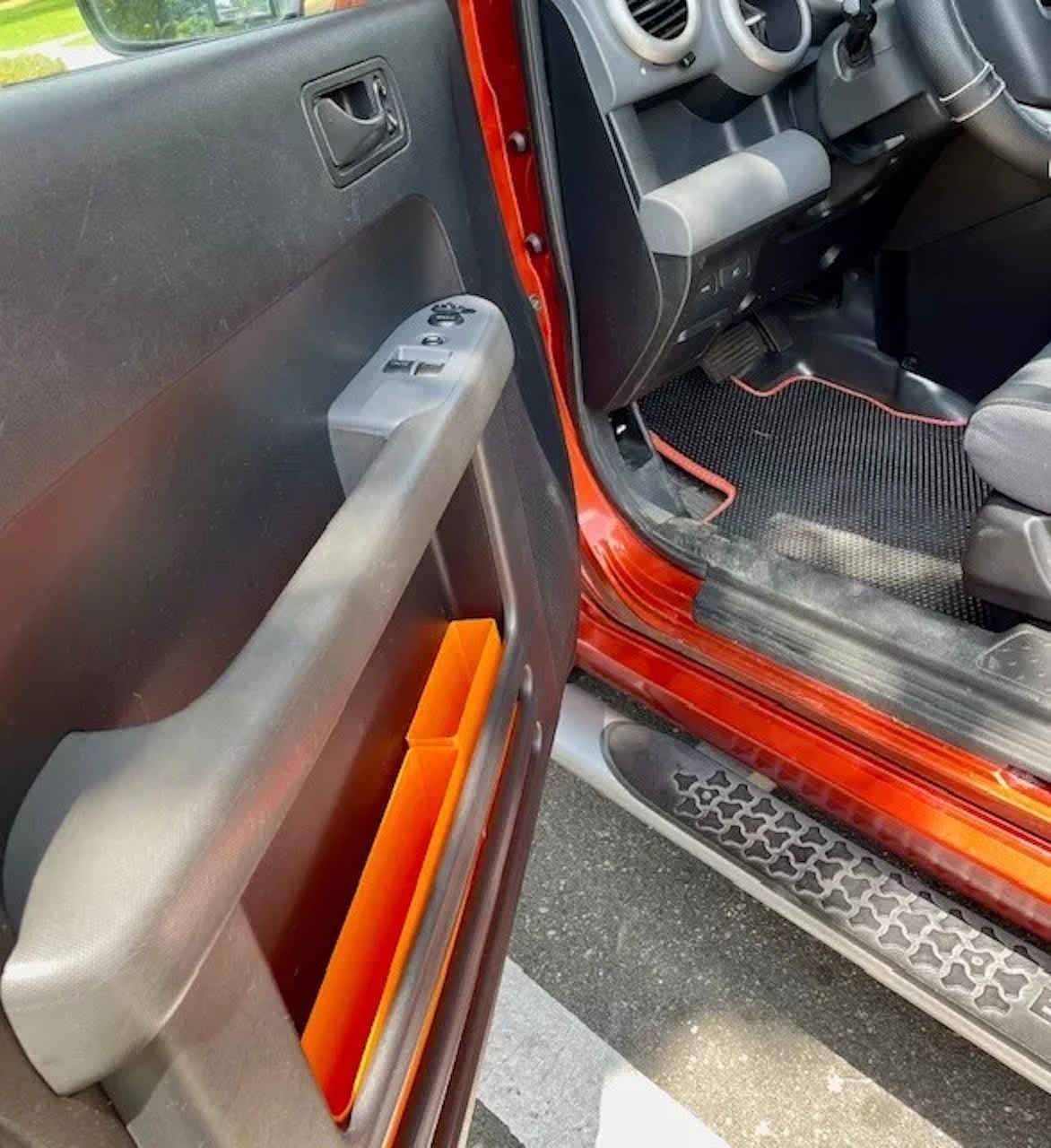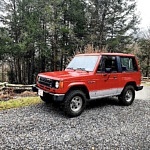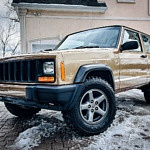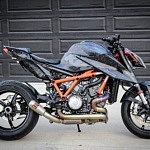In the early naughts, American roads were swept by a polarizing bit of automotive design — the extremely boxy car. Models like the Toyota Scion xB, Nissan Cube, and Ford Flex looked like they could’ve been built from Lego bricks, with barely a curved line except for the wheels. Some found them ugly; others thought they were chic. Some in the “pro” column spent thousands customizing their crates, like this 2003 Honda Element Woodie recently for sale on eBay Motors in Los Angeles, Calif.
Shop now for Honda ElementsImmensely Practical
One thing was undeniable about these love-it-or-hate-it designs. They were immensely practical. The perfectly square profiles provided ample cargo space. They were like modern station wagons, combining car-like handling characteristics with the volume of a much bigger SUV.
Introduced in 2003, the Honda Element was the outdoorsman’s box car. It one-upped its rivals with a suicide-door setup that resulted in a wide opening with no B-pillar. Its seats could fold flat into a bed for camping, and its floors and upholstery were covered with easily washable material.
Underneath the rectilinear sheet metal, the Element was mechanically similar to the more traditionally shaped Honda CR-V. Its 2.4-liter K24 four-cylinder engine, choice of an automatic or five-speed manual transmission, and front- or all-wheel-drive system were all plucked from the popular CR-V. The Element’s lower ride height, however, made it feel a bit more planted on the road.
Old-School Woodie
The Element for sale takes the Honda’s unique look to a new level by remaking it as an old-school woodie surf wagon. Back in the ’30s and ’40s, the back halves of station wagons were often made of actual wood. Like tiki motifs, these woodies garnered a sheen of cool when they became linked with postwar surf culture.
As performance and durability became more important factors in a car’s purchase, the heavy and maintenance-intensive wood panels fell out of favor. That didn’t stop automakers from putting faux wood panels and graphics on wagons, vans, and SUVs for decades to come.
The woodie modification for the Element was conceived at Diamond Bar Honda, a dealership in the suburbs of Los Angeles. It was actually the second such conversion. The first one was intended as a one-off show car built for display at the SEMA Show in Las Vegas. According to the seller, a 74-year-old woman saw that show car, fell in love, and asked Diamond Bar Honda to sell it to her. The dealership refused but offered to build one like it for her.
Shop now for Element partsWoodie Clone
This one was painted Sunset Orange Pearl and modified with the same woodie panels, Ace Zeus 20-inch chrome wheels, and body kit. The show car was slammed on an air suspension. This version appears to ride on the stock suspension for more real-world usability. The listing states that the cost of the custom bodywork and modifications was $19,975. That’s almost as much as the cost of the $23,000 Element itself when new. The owner reportedly drove it for 20 years until she passed at the age of 94.
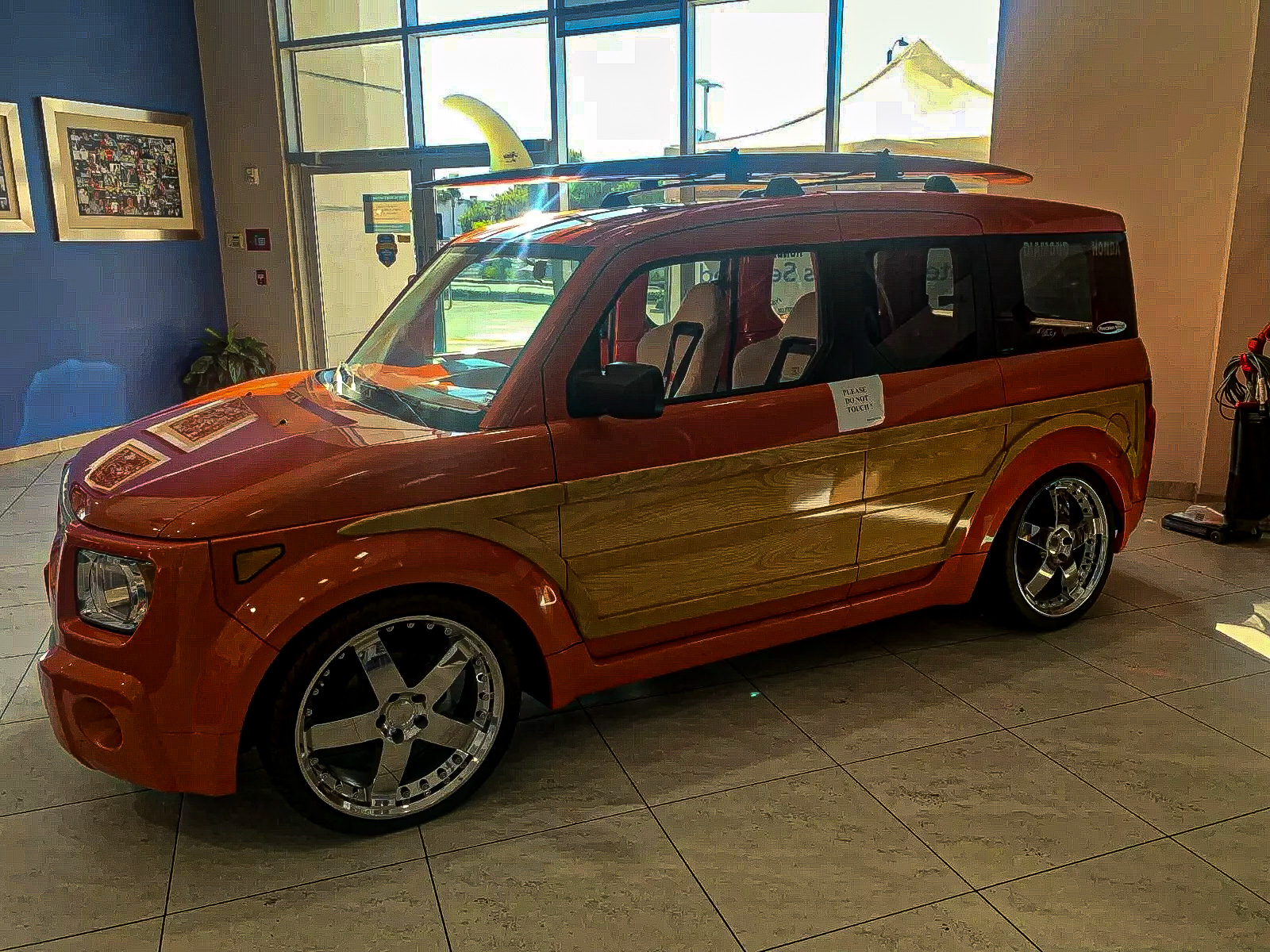
The original SEMA Element Woodie in the dealership showroom sits significantly lower.
It was clearly loved, which explains the excellent condition. The odometer reads 102,239 miles, which isn’t bad for a car old enough to drink. The seller is asking $24,000 for this one-of-a-kind (well, technically two-of-a-kind) Element. That gets you a unique blend of old and new in what is likely the only street-driven clone of the eye-catching show car in existence.
Shop now for Honda Elements
